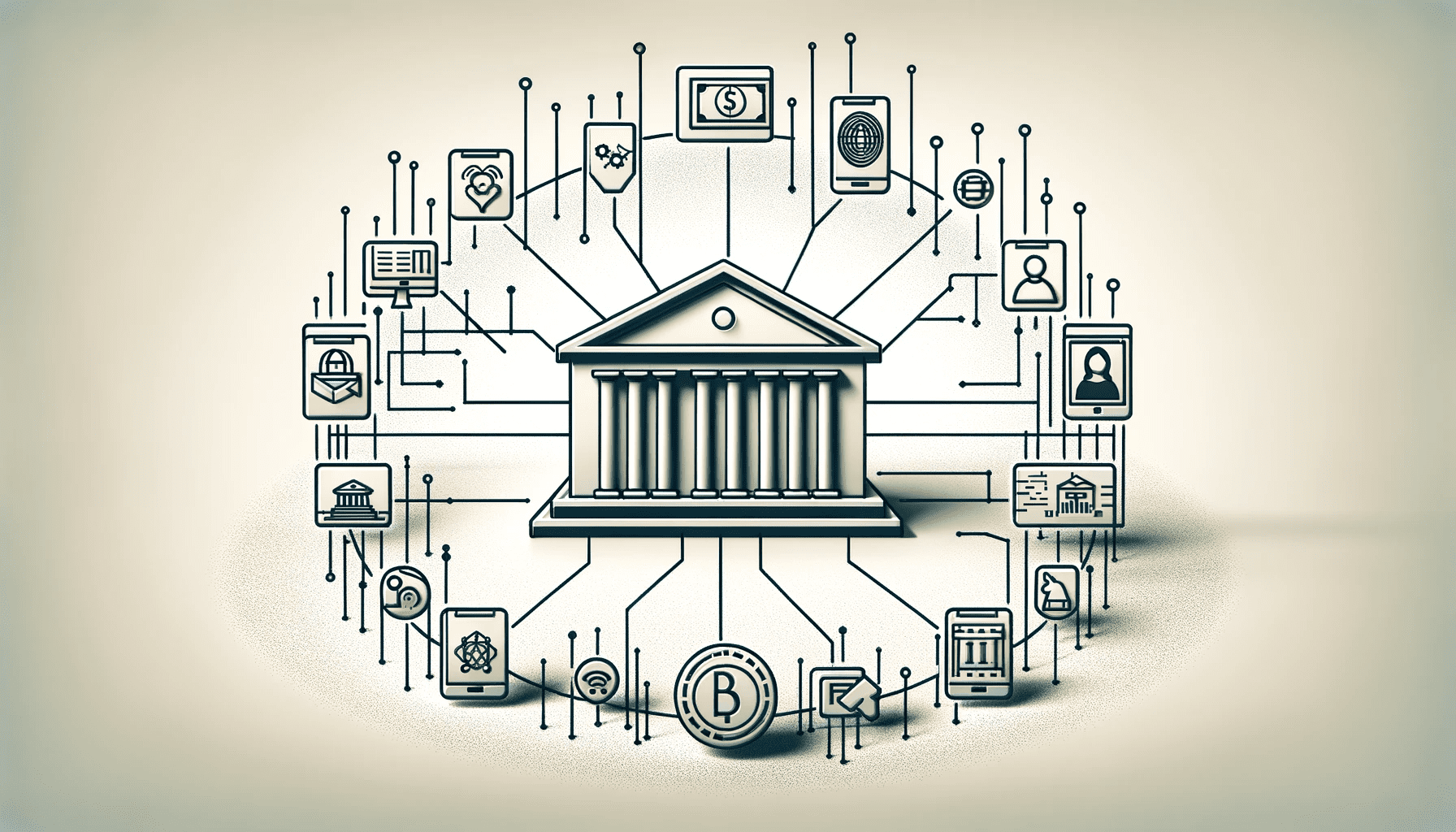There is a wide range of types and modes of digital payments.
The more popular types of digital payments are the use of debit and credit cards, internet banking, mobile wallets, digital payment apps, prepaid cards, mobile banking, internet banking, and much more. Any payment that is sent online either through a mobile device or internet-connected computer would be a digital payment.
For individuals, the main advantages of digital payments are convenience, simplicity and safety. Instead of having to withdraw cash from an account to make purchases or settle bills, which involves travel either for visiting the bank or queuing at an ATM, and having to bear the possibility of loss or theft, the customer can simply initiate a digital payment from the convenience of any handy internet-connected device, and will have an automatic proof of the transaction with an entry showing up in the bank’s records.
How many types of digital payment are there?
There are many different payment types, and some have sub-types. For example, wallets come in three different forms (closed, semi-closed and open) and bank cards come in three forms (debit, credit, prepaid).
The main types of digital payments are:
- Banking Cards
- Wallets
- Point of Sale
- Internet Banking
- Mobile Banking
- Micro ATMs
As well, budgeting can be made much simpler using the electronic trail of expenditures via popular apps.
Generally, service providers and vendors offer better prices and/or discounts for online transactions since these carry a far lower cost for them, so buyers using digital payment systems get better deals.
For service providers and vendors, the main advantages of digital payments are in shortening the waiting times for receipt of payments, reducing the amount of manual effort in reconciling transactions to payments, and taking cash out of the operations. Cash has to be counted, stored, transported to the bank, and all of this takes time and costs money. Security is a major issue throughout this process.
Probably all of these can be summarized by saying that for businesses, digital payments are easier and cheaper to administer.
The main disadvantages of digital payments transactions for consumers are the possibility of overspending, since the simplicity and immediate availability of purchasing power could lead to unnecessary or unbudgeted purchases, and in the area of identity theft where hackers can obtain access to both financial and personal information by breaking into the financial service provider’s system
For businesses, the main disadvantage of digital payment is in the loss of revenue through payment of service fees to providers of the infrastructure needed, such as payment gateways and third-party payment processors, which charge service fees. Another disadvantage is in the higher possible level of fraudulent transactions which can result in the company being classified as a “high-risk” business.
The primary features of digital payments are that payments are conducted over the internet and mobile channels. This means that for digital payments to take place, the sender of the payment must have an electronic source of funds, an online banking method, a device from which he or she can make the payment, and a means of transmission meaning access to a bank or service provider.
The receiver of the payment too must have these ways to accept payments. What is important in any digital payment is the method through which the payments happen, which means that the intermediary and the modes of transmission are the keys to making the transaction successful. The payment still involves money, but not in the physical form. The digital format means that there must be infrastructure that connects the flow of digital cash across the payment value chain.
Digital payments are an evolutionary step towards the “business at the speed of thought” model that pioneers such as Bill Gates have always predicted would be the next step in our move from physical to digital.
What are the advantages of digital payments?
The main advantages of digital payments for consumers are convenience, simplicity and safety. By moving over into a ‘cashless’ economy, customers get better control of their spending, can buy what they need when they need it, and generally get access to better purchasing power.








